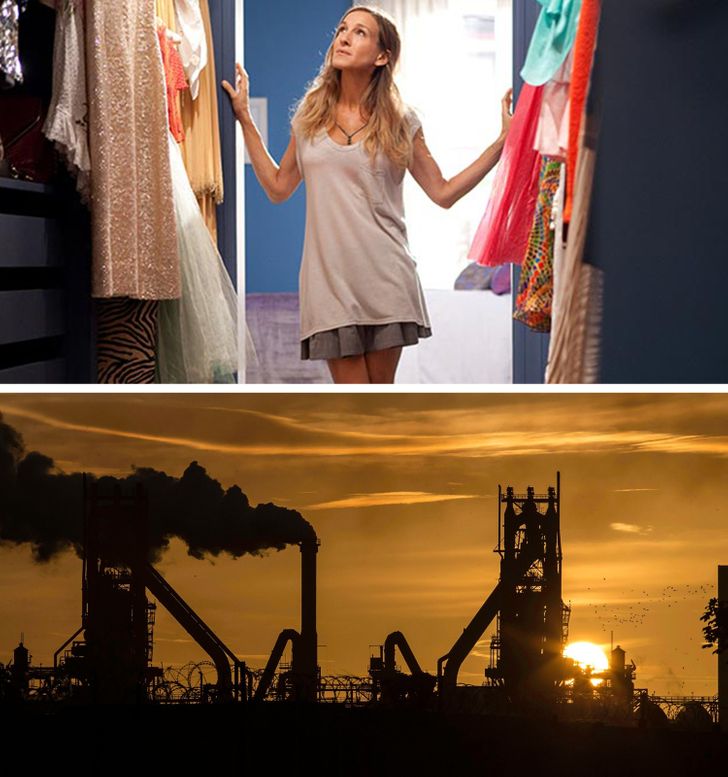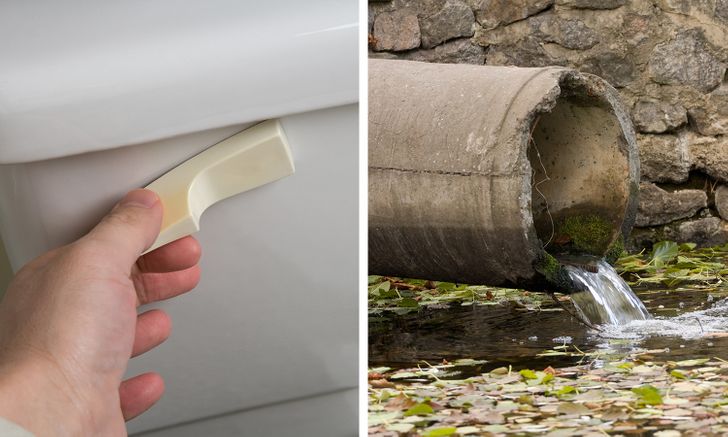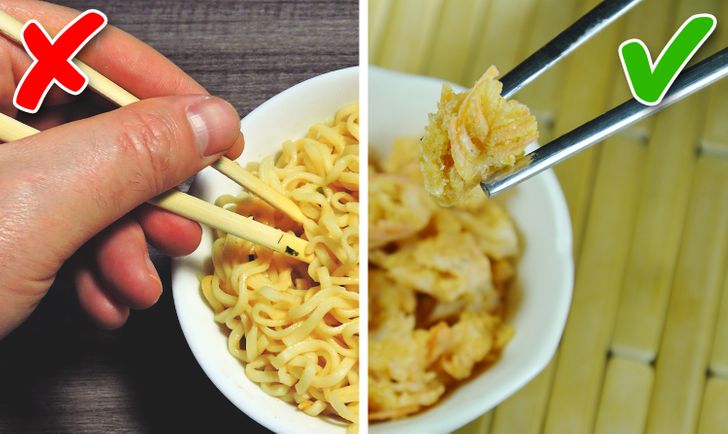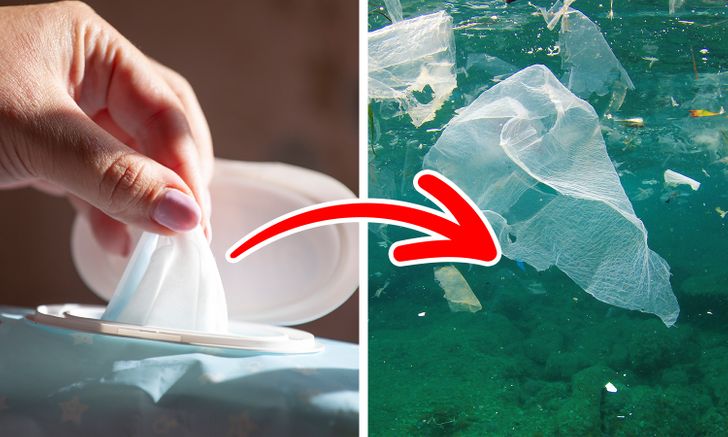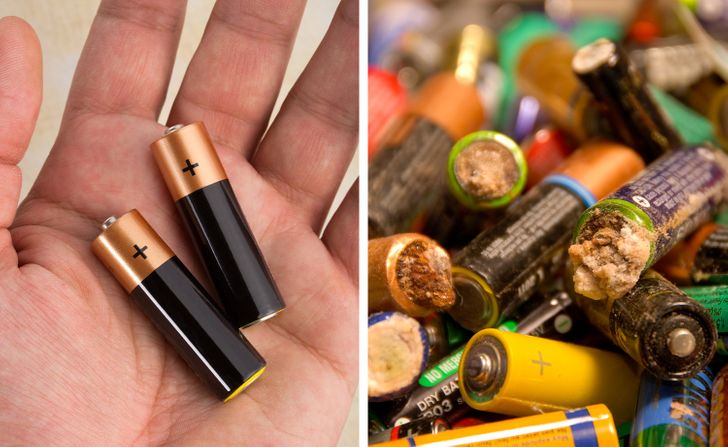so we should ger rid of anything that is disposable, got it ?
9 “Innocent” Things We Need to Stop Doing to Save Our Planet
Bright Side has found 9 things we can all cut down on to make it easier for Mother Earth to breathe.
1. Producing food that is never consumed
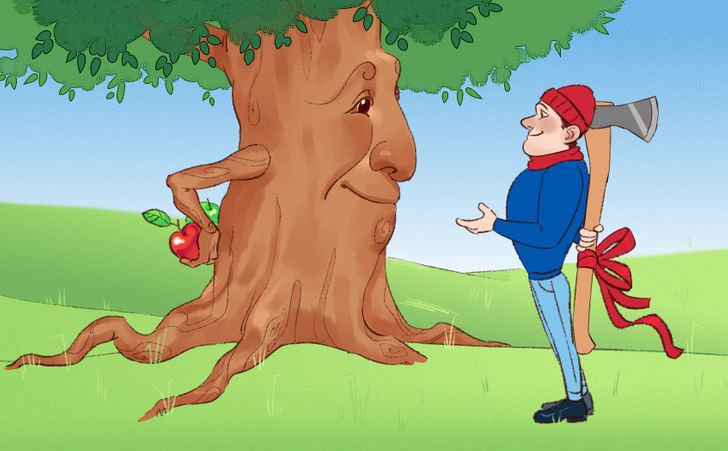
According to the Food and Agriculture Organization of the United Nations, one-third of the food which is produced for human consumption — roughly 1.3 billion tons, gets wasted every year. Keep in mind that in order to produce such a large amount of food, millions of plants are uprooted and trees are cut down across the globe. As per the data found, fruits and vegetables are the most wasted products, followed by seafood.
2. Vacationing on a cruise
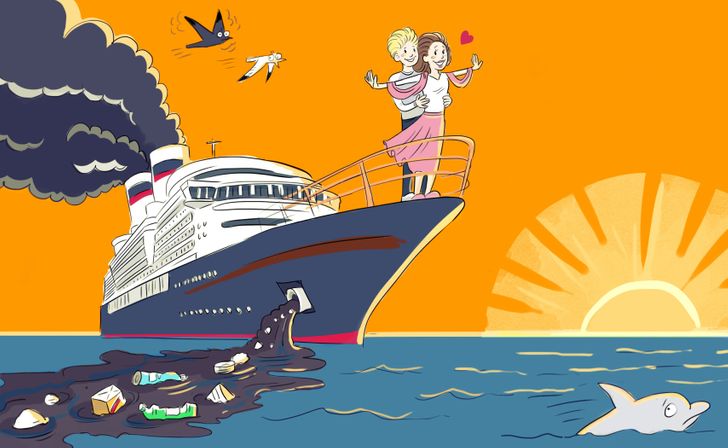
Cruise ships are floating cities, and are equally as polluting, if not more. Data shows that the air quality on the ship’s deck is similar to that in the world’s top polluted cities. It is estimated that over 50,000 Europeans die prematurely every year, as a result of ship-based pollution.
It has been found that a person’s carbon footprint increases threefold when they are on a cruise, in comparison with their day-to-day life.
A German watchdog surveyed 77 cruise ships and found that 76 of them used toxic heavy fuel oil, which it calls the dirtiest fuel. Moreover, these cruise ships have time and again been caught dumping trash, fuel, and sewage directly into the ocean.
3. Buying way too many clothes
The fashion industry is one of the major overall polluters in the world and the second largest water polluter. The industry is also responsible for water level depletion. Cotton, which is the most popular fiber used in clothing, is also a very thirsty crop. The amount of cotton required to manufacture one shirt requires about 2,700 liters of water. This amount is equal to what a person drinks in 2-and-a-half years.
Synthetic fibers like polyester have a lesser impact on the water than cotton, but producing them emits more greenhouse gasses per kilogram. Polyester producing factories released about 1.5 trillion pounds of greenhouse gases in 2015, which is equal to what 185 power plants using coal produce annually.
So next time you think about buying new clothes, remember that one in 9 people worldwide does not have access to safe water and about 4.6 million people die each year because of air pollution.
4. Flushing the toilet
It might sound gross, but in reality, it is not a requirement that you flush every time you pee. You can do it maybe every other time. A 1999 study found that toilet flushing accounts for about 27% of a person’s daily indoor water consumption—compare this with other water extensive activities like washing clothes, which accounts for 22%, while showers account for 17%.
5. Using disposable chopsticks
Asian cuisine is delicious. And there’s no doubt that it is very popular. But the chopsticks that are used to eat it have a huge negative impact on the environment. In China alone, about 80 billion pairs of wooden disposable chopsticks are made each year. To meet this colossal demand, about 4 million trees are cut down each year.
This large scale deforestation has many devastating consequences. It is leading to mudslides and decreased flood resilience. And then there’s the ever haunting risk of global warming that’s speeding up as well.
6. Drinking coffee
Coffee is a popular drink, and its benefits are well-documented. One study also found that drinking coffee can increase a person’s lifespan by 2 years. But the bad news is that the coffee industry is not environmentally-friendly. The world’s coffee farms are now more harmful to the environment than ever. Also, the increased popularity of coffee has caused the large scale deforestation of big trees that promote biodiversity.
And then there are the disposable paper cups that are used to serve them. These, too, contribute to large scale deforestation.
7. Using wet wipes
Wet wipes may be convenient, but they are no friend to the environment. In 2015, The Guardian called them the “biggest villain” of the environment.
Most of these wet wipes contain plastic, which makes its way into the ocean. They are then consumed by marine creatures, who mistake them for jellyfish, ultimately leading to their death. Many people dispose of them in the toilet, causing a sewer blockage since they don’t easily disintegrate. It has been found that wet wipes count for around 93% of the material that causes sewer blockages.
Also, many of these wipes contain dangerous chemicals that can cause rashes when used.
8. Using disposable batteries
The disposable batteries that we use in watches and calculators, even the rechargeable ones (after a certain number of recharges, they too need to be disposed of) that we use in laptops, phones, and other gadgets, are incredibly harmful to the environment. They contain one or more of the following extremely toxic metals: cadmium, lead, zinc, manganese, nickel, silver, mercury, and lithium, as well as battery acids.
When they’re disposed of, these batteries are responsible for air pollution because when they start decomposing, they undergo a photochemical reaction that releases greenhouse gases that lead to global warming. These harmful chemicals are also absorbed by the soil and cause soil pollution, severely impacting vegetation and soil life. And when these chemicals get washed up by rain or find their way to bodies of water, they also cause water pollution.
9. Shaving using disposable razors
Shaving is considered as an integral part of personal hygiene by many people. Therefore, it is no surprise that razors are in high demand. In fact, a recent report shows that in the year 2018, 163 million consumers in the U.S. used disposable razors. These razors are made up of plastic and rubber which are not biodegradable and mostly end up in landfills, never to be recycled again.
What do you think can be done on a larger scale to stop climate change and save the environment? Let the leader in you shine and tell us about your ideas in the comments!
Comments
It's all very well writing an article about the damage these things do but a more useful article would be one that suggests alternatives
It has some photos with alternatives, no? Like wooden chopsticks can be replaced with metal chopsticks and so on
It's all very well writing an article about the damage these things do but a more useful article would be one that suggests alternatives
Agree with 1 and 3 definatly
Related Reads
17 Celebrities Who Ditched Diets and Made Us Admire Them Even More

I Didn’t Allow My Ex’s New Partner at My Daughter’s Birthday — The Fallout Was Shocking

12 Real Stories That Grow Eerier the Further You Read

8 Mystery Stories That Sound Like a Plot for a Bestseller

14 People Who Had to Stop and Rethink Their Family’s Whole Past
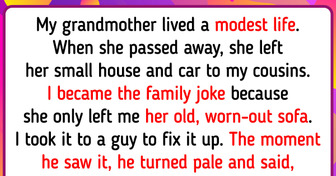
I’m Sick and Tired of My Husband Never Doing the Dishes, So I Took a Drastic Measure

15 Stories That Happened in Real Life But Could Become a Great Comedy

My DIL Wanted to Kick Me Out of My Own House, but I Was One Step Ahead

12 People Share the Most Shocking Gifts They Got for Christmas

13 Riddles That Can Unleash the Secret Agent in You
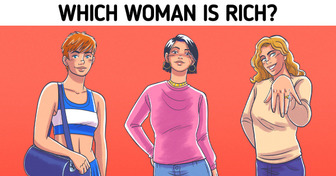
12 People Share the Creepiest True Stories Someone Has Disclosed to Them

People Shared 15 Awkward Moments That Made Their Stomach Drop

